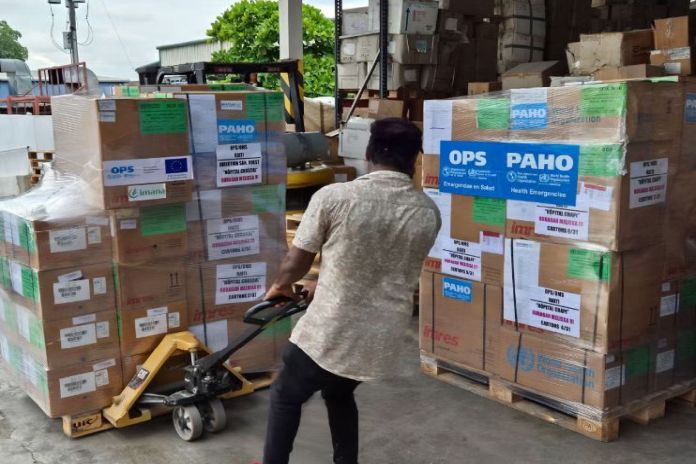By Cem Özgüzel – (OECD) and Patricia Peñalosa – (OECD)
In a small manufacturing town, the local factory is struggling to keep its production lines running. Many of its skilled workers are nearing retirement, and younger recruits are scarce. Every vacancy left unfilled slows production and puts pressure on the remaining staff.
AI tools promise a way out – automating routine tasks, optimising schedules, even predicting maintenance needs before breakdowns. But for local leaders, a dilemma looms: will AI ease labour shortages or put people out of work – and their region?
Labour markets across OECD countries are evolving at speed. On the surface, employment is high, and joblessness is at record lows. But beneath this calm surface, powerful forces are reshaping the world of work. Ageing populations, the transition to green energy, rapid digitalisation, and uneven connectivity are already redrawing the economic landscape.
Regions that recognise these shifts early have a chance to chart a new course, building resilience, attracting talent, and unlocking growth. Those that fail to adapt risk being caught off guard when the current inevitably changes.
Bracing for labour market headwinds
Today’s strong employment numbers mask deeper shifts. Labour and skills shortages, driven by demographic change, are worsening as new skills are in short supply.
The digital transition, whether the increased use of factory robots or AI-driven office tools, is replacing repetitive roles while creating fresh demand for skills in coding, data analysis, cybersecurity, digital maintenance and prompt engineering. Generative AI is already transforming everyday work, and as new tools are developed or integrated with existing systems, exposure could reach up to 70% in some OECD regions.
To work effectively with AI, technical know-how alone is not enough; human strengths such as cognitive, social, and management skills are becoming ever more important. Yet many rural areas lack the digital infrastructure to benefit from digital opportunities, with broadband speeds 22% below the OECD average.
As these forces converge, they are driving significant changes in labour markets worldwide.
The winds of change vary
These winds of change will have uneven effects on places. Over the next decade, more than half (54%) of large metropolitan regions and nearly two thirds (64%) of remote regions will see their workforces shrink, pressured by ageing populations and retiring baby boomers.
At the same time, some 32% of workers in metropolitan regions, compared with 21 percent in non-metropolitan regions, are already seeing AI affect their tasks. This means city-based workers may need shift faster from repetitive tasks toward oversight, creative or managerial functions. While greater exposure could enhance productivity and open new career paths, it could also bring displacement risks and demand rapid skill development. At this stage, the overall effect on job quality and worker wellbeing remains uncertain.
Turning headwinds into opportunities with local solutions
Regional leaders have a vital role to play in turning potential headwinds into opportunities. By building on local strengths and priorities, they can drive meaningful change from the ground up. To succeed, they will need to invest in skills systems that are closely aligned with local needs and meet the needs of a greener, more digital economy. They also need to establish robust partnerships between governments, educational institutions, and businesses to ensure these systems adapt as new technologies and applications change.
Several regions are already leading the way. In Belgium, the Flanders AI Academy (VAIA) brings together universities, government, and industry to accelerate AI adoption. It prepares the workforce for an AI-driven economy by mapping available training, developing new programmes, and linking businesses with researchers so that skills development matches real-world needs.
In Canada, the Future Skills Centre supports projects that help workers adapt to technological change. One Quebec-based project focused on women in the insurance sector, where automation is expected to affect many lower-skilled roles. The project identified the skills these workers will need in the future and to help design training pathways that support reskilling and smooth transitions into more sustainable jobs.
Catching the wind
These examples show how regional action can make abstract challenges tangible – transforming demographic and technological pressures into opportunities for renewal. By acting now, regions can lay the foundations for stronger and more inclusive growth, where technology complements rather than replaces human potential.





